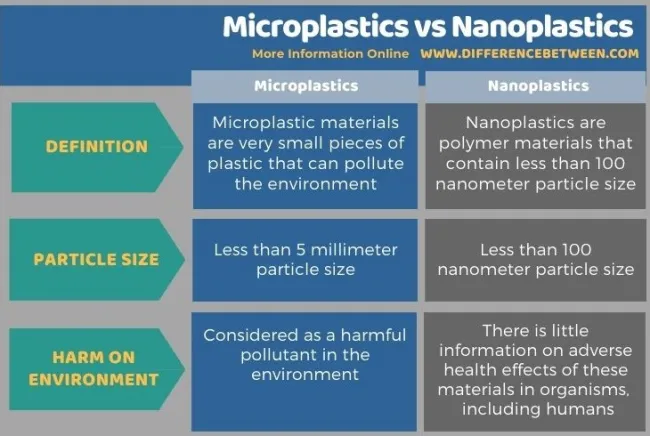A new study conducted by researchers from Columbia and Rutgers University has introduced a novel optical method for identifying micro and nanoplastics in water that offers exceptional accuracy and sensitivity.

This new technique allowed researchers to study store-bought water in plastic bottles and they found that a liter of bottled water contains an average of 240,000 small plastic pieces. This is significantly higher than what a previous study in 2018 had found, which reported an average of 10.4 plastic particles in a liter of water.

This new study discovered that 10% of plastic particles in water were microplastics, measuring between five millimeters and one micrometer. However, the more concerning finding was that 90% of the particles were nanoplastics, which are even smaller and can only be observed using advanced microscopes.
Nanoplastics pose a special danger because of they’re health implications as they can worm their way into our cells, organs, and even cross the placenta barrier to get to unborn fetuses, leaving behind a residue of nasty chemicals, CNN reports, which can screw up with important bodily functions.

The study suggests that there are potential risks from widespread exposure to nanoplastics, which have not been thoroughly studied. Infants and young children may be at higher risk due to their vulnerable developing brains and bodies.
So what’s to do? A good first step would be ditching plastic water bottles all together and getting yourself a stainless steel water bottle or one made of glass.
Reference- CNN, Journal Proceedings of the National Academy of Sciences, Nature Communications, Futurism, ScienceDirect, The Guardian






